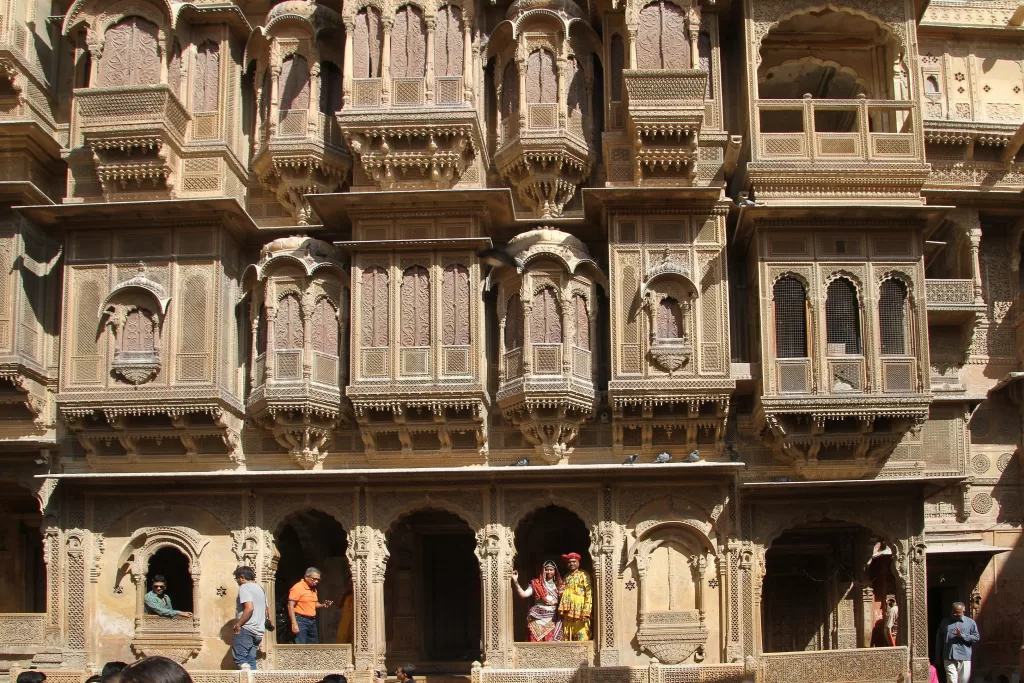The Growing Demand for Sustainable Construction
India, a nation grappling with rapid urbanization and a burgeoning population, faces a critical juncture. The traditional approach to construction, often prioritizing speed and cost over environmental impact, is no longer sustainable. The sheer volume of building projects necessitates a radical shift towards eco-friendly practices. This demand isn’t just driven by environmental concerns; it’s also fueled by the escalating costs of traditional materials and the growing awareness of the health implications of using unsustainable building products. Consumers are increasingly seeking homes and offices that are not only aesthetically pleasing but also environmentally responsible and energy-efficient.
Embracing Green Building Materials
The foundation of eco-friendly building lies in the materials used. A move away from cement, a significant contributor to carbon emissions, is crucial. Fortunately, alternatives are emerging. Bamboo, a rapidly renewable resource, is gaining popularity as a strong and versatile building material. Recycled materials, like reclaimed wood and steel, offer a sustainable and cost-effective option, reducing the demand for newly extracted resources. Locally sourced materials minimize transportation costs and emissions, further lessening the environmental footprint. The exploration and adoption of innovative materials like mycelium composites and hempcrete are also promising avenues for a greener future in construction.
Harnessing Renewable Energy Sources
Eco-friendly buildings go beyond just sustainable materials; they must also be energy-efficient. Integrating renewable energy sources like solar panels is becoming increasingly common. Solar water heaters are reducing reliance on electricity for hot water, and solar photovoltaic systems are generating clean electricity to power the building. Geothermal energy, harnessing the earth’s temperature for heating and cooling, is another promising avenue that’s gaining traction in certain regions. Smart energy management systems, using sensors and automation to optimize energy consumption, further enhance efficiency and reduce energy bills.
Water Conservation and Waste Management
Water scarcity is a growing concern in many parts of India, making water conservation a vital aspect of green building. Rainwater harvesting systems collect and store rainwater for non-potable uses, reducing reliance on municipal water supplies. Greywater recycling systems treat wastewater from showers and sinks for reuse in irrigation, minimizing water waste. Efficient plumbing fixtures and low-flow appliances significantly reduce water consumption. Equally important is the careful management of construction waste. Recycling and repurposing construction debris minimizes landfill waste and reduces the need for new materials, creating a circular economy within the building process itself.
The Role of Green Certifications and Regulations
The transition to eco-friendly building practices requires a robust regulatory framework and incentivizing mechanisms. Green building certifications, such as the Indian Green Building Council’s (IGBC) rating systems, provide a benchmark for sustainable construction, encouraging developers to adopt environmentally sound practices. Government regulations and policies promoting the use of sustainable materials, energy efficiency standards, and tax incentives for green buildings are vital drivers of change. These regulations not only protect the environment but also create a level playing field, encouraging fair competition among developers.
Challenges and Opportunities in India’s Green Building Sector
Despite the growing momentum, challenges remain. The initial cost of green building materials and technologies can be higher than conventional options, potentially deterring some developers. Lack of awareness among builders and consumers about the benefits of green building is another hurdle. However, the opportunities are immense. The green building sector is creating new jobs and stimulating innovation. As awareness grows and technologies become more cost-effective, the economic and environmental benefits of eco-friendly construction will become increasingly evident, leading to wider adoption and paving the way for a truly sustainable built environment in India.
Creating a Sustainable Future Through Collaboration
The journey towards a greener building sector requires collaboration among all stakeholders. Architects, engineers, builders, developers, policymakers, and consumers all have a crucial role to play. Education and awareness campaigns can empower consumers to make informed choices. Training programs for builders can equip them with the skills needed to implement green building practices. Collaboration between the government and the private sector is essential to create the enabling environment for widespread adoption of green building technologies and practices. Only through collective action can India achieve its vision of a sustainable and environmentally responsible built environment. Learn more about sustainable building materials in India here.

